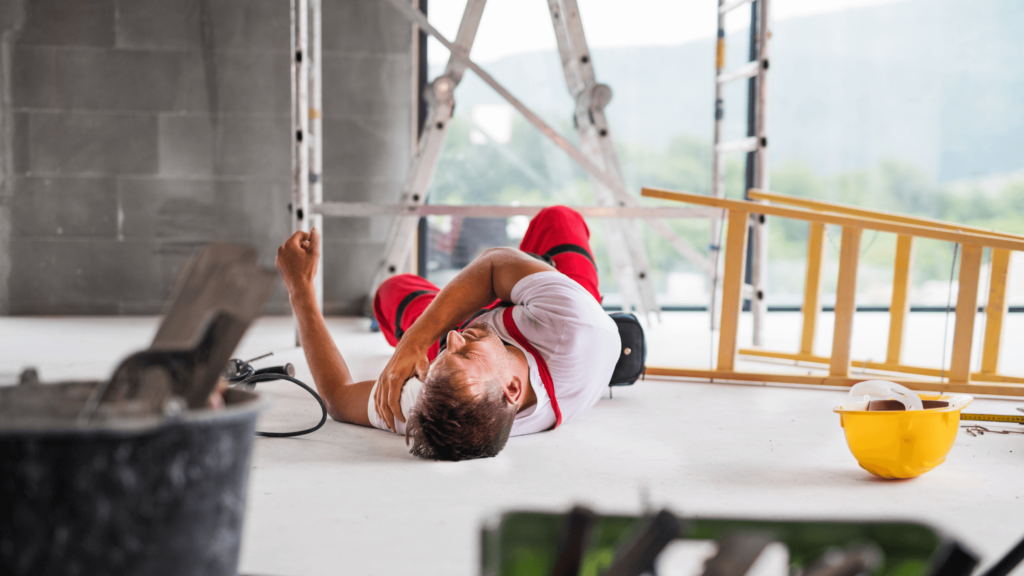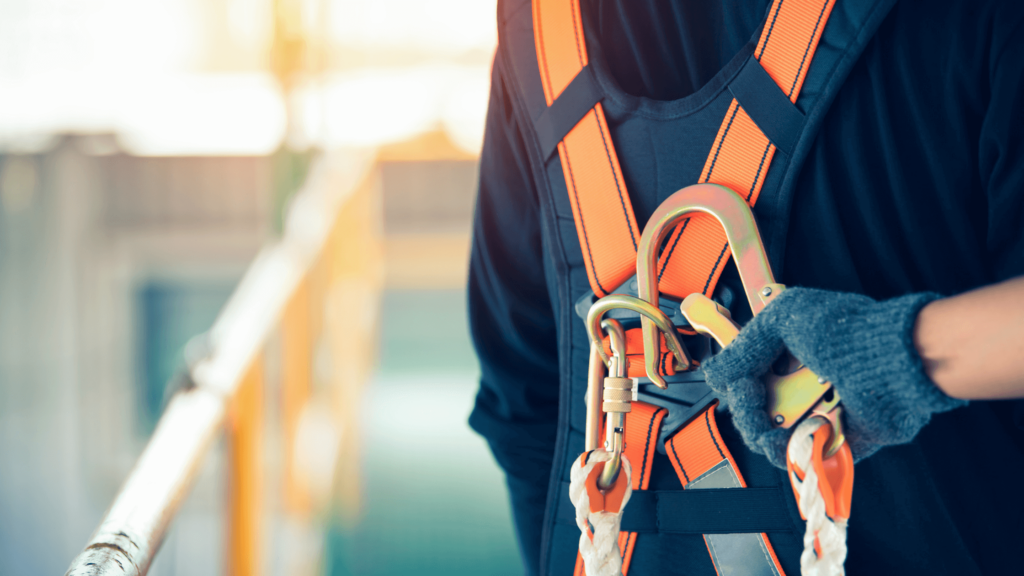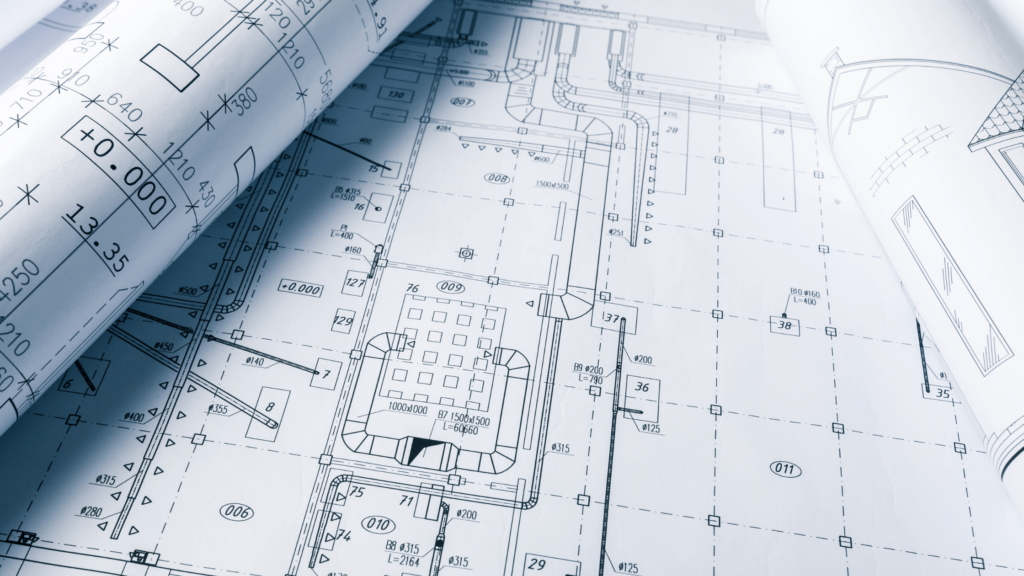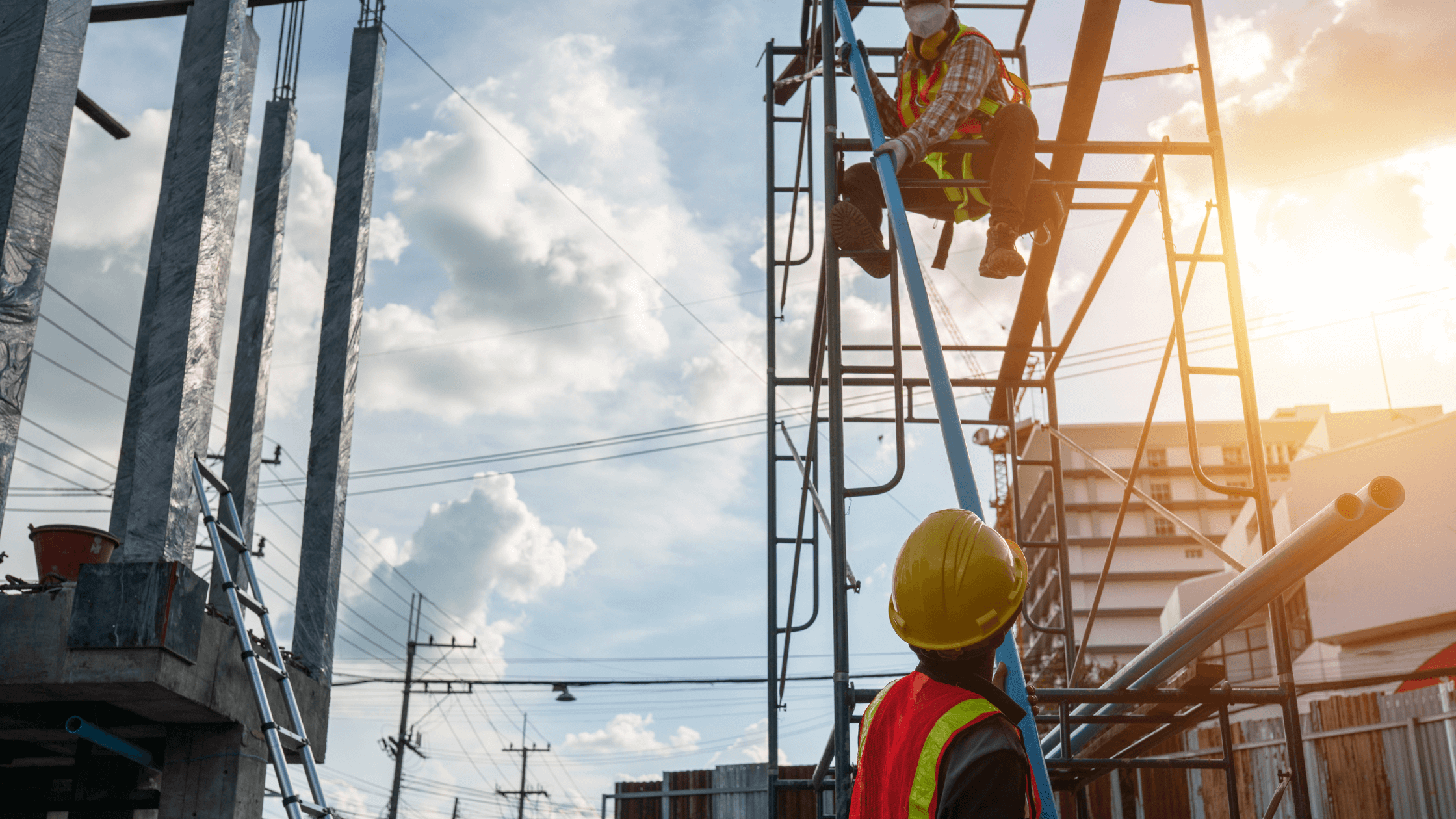Falls are the leading cause of death in the construction industry, making up a significant part of what’s known as the ‘fatal four’—falls, struck-by incidents, electrocutions, and caught-in/between accidents. Despite the risks, many of these accidents can be prevented with the right safety measures, such as proper PPE, adequate training, and integrating safety considerations during the design phase.
Quick look
- The ‘fatal four’—falls, struck-by incidents, electrocutions, and caught-in/between accidents—are the leading causes of accidental deaths in the construction industry.
- The primary reasons for the high number of falls are a lack of focus on safety, improper PPE, incorrect tie-off levels, insufficient task planning, and poor risk management during design.
- Companies can take practical steps to reduce fall-related incidents, including better training, proper use of PPE, correct installation of tie-offs, thorough task planning, and integrating safety into the design phase.
Construction’s ‘fatal four’
Falls
The biggest killer in the construction industry, falls make up more than 35% of all deaths, often happening when workers fall from roofs, scaffolding, or ladders. In 2022, 395 out of 1,069 construction deaths in the U.S. were due to falls. These accidents not only cause devastating injuries and loss of life but also lead to huge costs for companies through compensation claims and lost productivity.
Struck-bys
These incidents happen when a worker is hit by an object, equipment, or vehicle. This might involve tools falling from a height, vehicles hitting workers, or machinery accidents. In 2022, these incidents made up 15.4% of construction deaths. The injuries from struck-bys can be severe, such as fractures and concussions, which can delay projects and increase insurance costs for companies.
Electrocution
Electrocution hazards account for about 8.3% of related deaths. This usually happens through contact with overhead power lines [Backlink to powerline safety article], faulty wiring, or improper use of electrical equipment. Electrocution can be deadly, and those who survive often suffer from serious burns or long-term injuries, leading to high medical expenses and long recovery times.
Caught in or between
Workers being crushed, caught, compressed by equipment, or struck in collapsing structures account for about 5.5% of construction fatalities. Such accidents often happen in trench collapses or when workers are caught between heavy machinery and stationary objects, leading to catastrophic injuries or death and causing significant emotional and financial burdens on everyone involved.
Falls account for more than 35% of deaths in construction

According to the U.S. Bureau of Labor Statistics (BLS), falls, slips, and trips were the most common fatal accidents in construction, making up nearly 38% of all fatalities in the industry. In 2022 alone, the construction industry saw 395 out of 1,069 fatalities due to falls.
The American numbers are alarming. The BLS reports that in 2021, there were 1,102 fatal injuries in the construction sector, with 418 of these being from falls, slips, and trips. Events like the National Safety Stand-Down to Prevent Falls in Construction are crucial for raising awareness and promoting safety practices to prevent these deaths.
Canada faces similar issues. The Canadian Centre for Occupational Health and Safety states that falls are one of the leading causes of severe injuries and deaths in construction, particularly from ladders, roofs, and scaffolding.
What’s even more amazing? According to BLS data, fall-related fatalities have been on the rise. From 2018 to 2021, there was a nearly 6% increase in fatal construction falls. Additionally, the Center for Construction Research and Training reports that over 300 fatal and 20,000 nonfatal fall injuries occur each year in the construction industry.
Put simply, there has never been a better time for effective fall prevention strategies and safety protocols.
5 reasons construction falls keep happening
1. Not enough focus on safety
Why it’s happening: A lack of a strong safety culture, insufficient training, and an emphasis on productivity over protection are major reasons that falls continue to occur. Many construction sites focus more on completing tasks quickly rather than safely, which can lead to unsafe practices and shortcuts that put workers at risk. Unfortunately, safety violations are all too common, and many companies fail to comply with even basic safety standards.
What to do about it: To prevent falls, companies need to implement comprehensive training programs that educate workers about the importance of safety and the correct procedures to follow. Establishing a strong work culture where preventing accidents is a top priority is essential. Enforcing strict safeguarding protocols and holding regular meetings or updates can help keep safety at the forefront of everyone’s mind.
2. Improper (or lack of) PPE

Why it’s happening: Falls often happen because workers are not using proper personal protective equipment (PPE) or are using it incorrectly. Sometimes, the right PPE isn’t available, or workers aren’t aware of how important it is.
What to do about it: It is crucial to ensure that all workers have access to the proper PPE and know how to use it correctly. Companies should provide regular training sessions on the correct use of PPE and enforce compliance on job sites with regular checks to ensure all safety gear is in good condition.
3. Tie-offs at the wrong level
Why it’s happening: Incorrect installation of tie-off points or a lack of understanding of proper tie-off procedures can lead to falls. Workers might tie off at the wrong height or use improper anchor points, which can create a falling hazard.
What to do about it: Training workers on proper tie-off techniques and ensuring they understand the importance of tying off at the correct level can help prevent falls. Regular inspections of tie-off points are necessary to ensure they are installed correctly and are safe to use.
4. Insufficient pre-work task planning
Why it’s happening: A lack of detailed planning before starting work can lead to falls. Many hazards can be identified and mitigated during the planning stage, but this step is often overlooked. Poor planning can result in workers being unprepared for the risks they might encounter.
What to do about it: Developing detailed task plans that identify potential fall risks and how to manage them is essential. Involving safety professionals during the planning stages can help identify hazards that might be missed. Conducting pre-work safety briefings can also ensure that all employees are aware of the risks and know how to work safely.
5. Not mitigating risks during design

Why it’s happening: Many fall risks are built into a construction project’s design. Design flaws that increase the likelihood of a fall often occur because worker safety isn’t adequately considered during the design process, leading to inherently dangerous work conditions.
What to do about it: Integrating safety considerations into the design phase can greatly reduce fall risks. Involving safety experts in the design process ensures that potential hazards are identified and mitigated early on. Ultimately, safer design practices create a safer working environment from the start.
The bottom line
Falls remain the leading cause of death in the construction industry. Addressing the root causes of falls can significantly reduce these incidents, and implementing the strategies discussed can go a long way to creating safer work environments.
Prioritizing safety is not just about compliance; it’s about protecting lives. Construction companies have to take proactive steps to ensure that every worker returns home safely at the end of the day.



3 comments